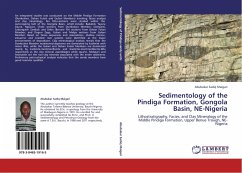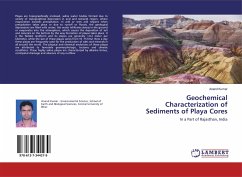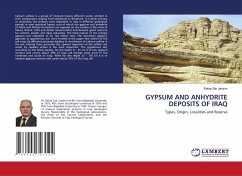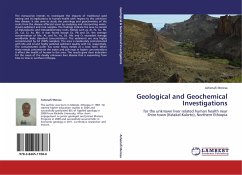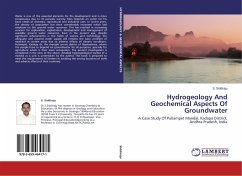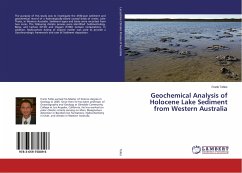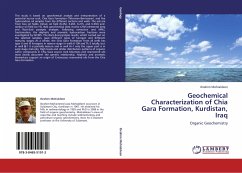
Geochemical Characterization of Chia Gara Formation, Kurdistan, Iraq
Organic Geochemistry
Versandkostenfrei!
Versandfertig in 6-10 Tagen
45,99 €
inkl. MwSt.

PAYBACK Punkte
23 °P sammeln!
This study is based on geochemical analysis and interpretation of a potential source rock, Chia Gara Formation (Tithonian-Berriassian), and five hydrocarbon oil samples from the different sections and wells. The oils are from two oil fields; Kirkuk oil field (K-252, K-265, K-215, and K-392) and Jambur oil field (Ja-15). Bulk geochemical data involve C/N/S-elemental data and Rock-Eval pyrolysis analyses. Following extraction and MPLC fractionation, the aliphatic and aromatic hydrocarbon fractions were investigated by GC/MS. The Rock-Eval pyrolysis results, which carried out on the selected samp...
This study is based on geochemical analysis and interpretation of a potential source rock, Chia Gara Formation (Tithonian-Berriassian), and five hydrocarbon oil samples from the different sections and wells. The oils are from two oil fields; Kirkuk oil field (K-252, K-265, K-215, and K-392) and Jambur oil field (Ja-15). Bulk geochemical data involve C/N/S-elemental data and Rock-Eval pyrolysis analyses. Following extraction and MPLC fractionation, the aliphatic and aromatic hydrocarbon fractions were investigated by GC/MS. The Rock-Eval pyrolysis results, which carried out on the selected samples, gave different types of kerogen and different maturity stages. As a whole, the Chia Gara Formation from all wells has type II and III kerogens in mature stage in wells K-109 and Tk-3 totally, but in well Bj-1 it is partially mature and in well Hr-1 only the upper part is in early stage maturity. High levels and similar distribution patterns of organic sulfur compounds in Chia Gara source rock bitumens and reservoired oils most clearly document the genetic relationship. Aliphatic and aromatic biomarkers support an origin of Cretaceous reservoired oils from the Chia Gara Formation.



